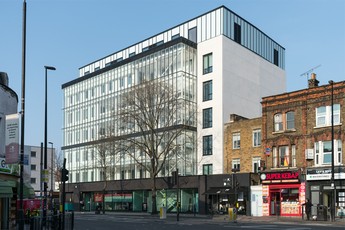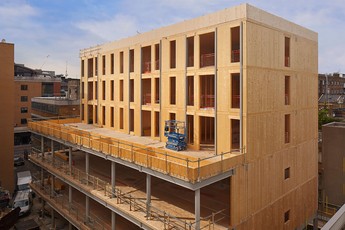Sugar House Island
Vastint's major regeneration project in Stratford
Location
London
Status
Completed
2022
Client
Vastint
Budget
Not disclosed
RIBA workstages
Planning to Completion
Awards
Pineapple Awards 2022 Place in Progress (Shortlisted)
NLA Awards 2019, Masterplan & Area Strategies (Winner), Workplaces (Shortlisted)
The first phase of this 26 acre masterplan to be delivered, Dane’s Yard holds a prominent position on the site. It’s launch is a pivotal step in attracting young creative businesses to this new area of London and kick starting the community, establishing the island as a desirable place to live, work and flourish.
Sugar House Island is a major regeneration project on former industrial land surrounded by waterways, just south of the Olympic park in Stratford, London. The 26 acre site will ultimately comprise 1,200 new homes, a 350 room hotel, primary school and over 600,000 sq ft of retail and office space. Danes’ Yard is the 'front door', at the most north eastern point of the development, and comprises eight buildings and 1,200m2 of public open space.
Tasked with attracting creative businesses to the development, Dane's Yard is a cluster of unique offices and workspaces which forms the commercial element of this major regeneration project.
APPROACH
The eight buildings that make up Dane’s Yard are a mix of retained heritage buildings and new structures.
The challenge was to create coherence across the between the eight buildings whilst maintaining their distinct character and differentiating between the new and the existing.
For the project we used a variety of traditional and large timber structural methods to both refurbish existing historic buildings, and create new structures to sit alongside them – including pure CLT, a combination of glulam and CLT and a CLT and steel hybrid structure.
DESIGN
In line with the existing industrial character of the site, the new buildings are low-rise, with clear forms, and whilst the use of brickwork was key in creating a site-wide vernacular, we used variations in colour and detailing to create character and interest between each one. Exposed timber is used throughout to promote a healthy and comfortable work environment.
RESULT
Lanes between the buildings frame views of the river and reinforce links to the public domain, while the varied internal and external meeting spaces form a connected, community-based hub for young creative businesses.
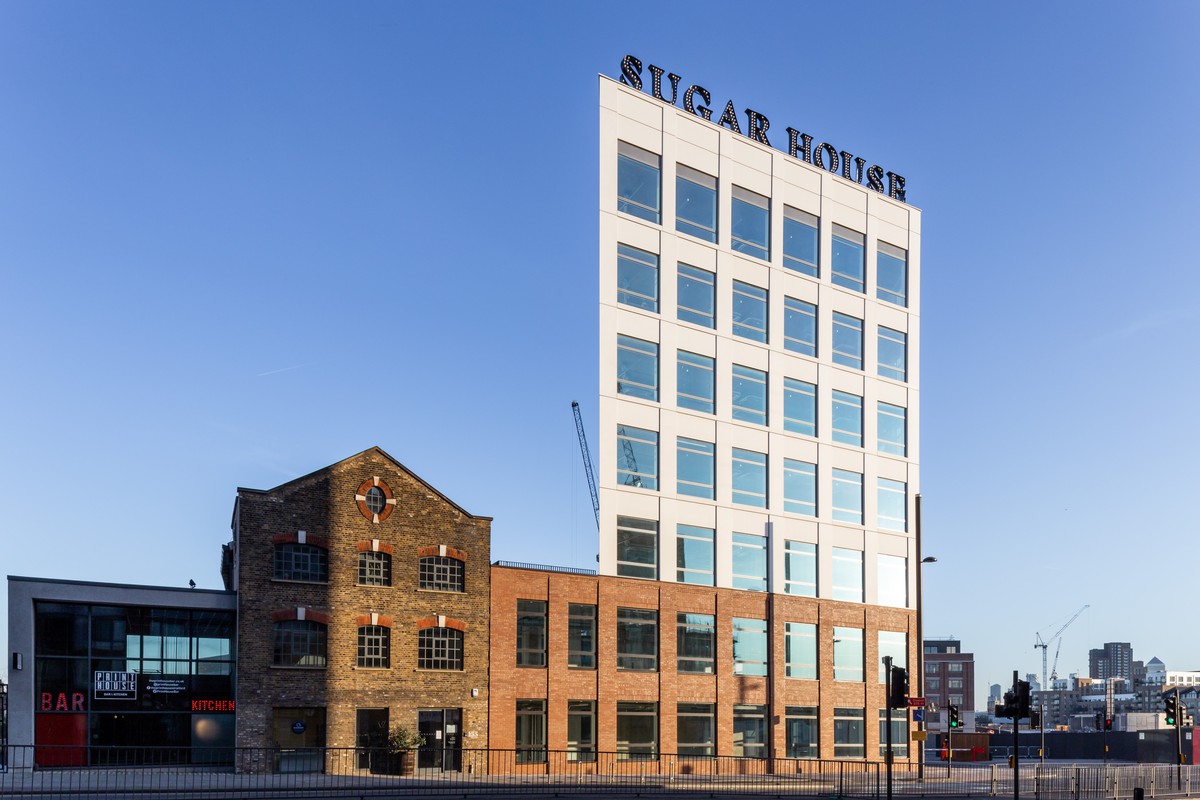
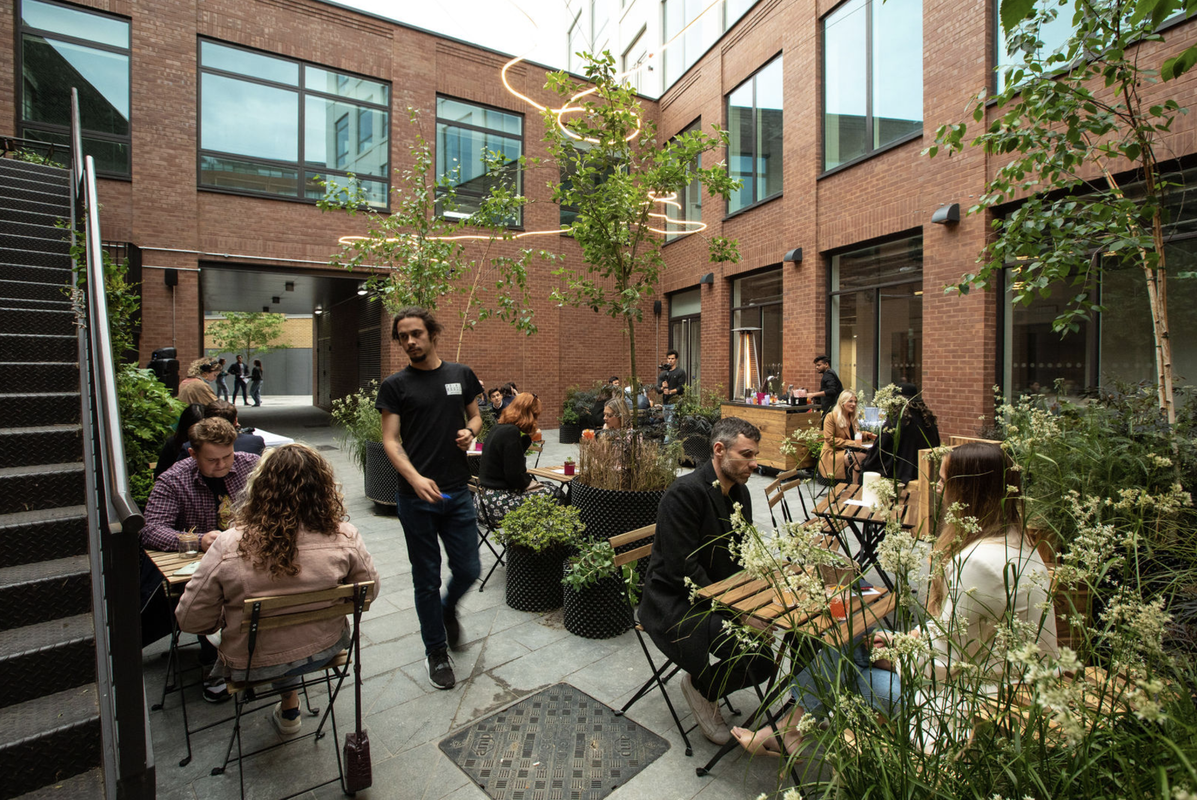
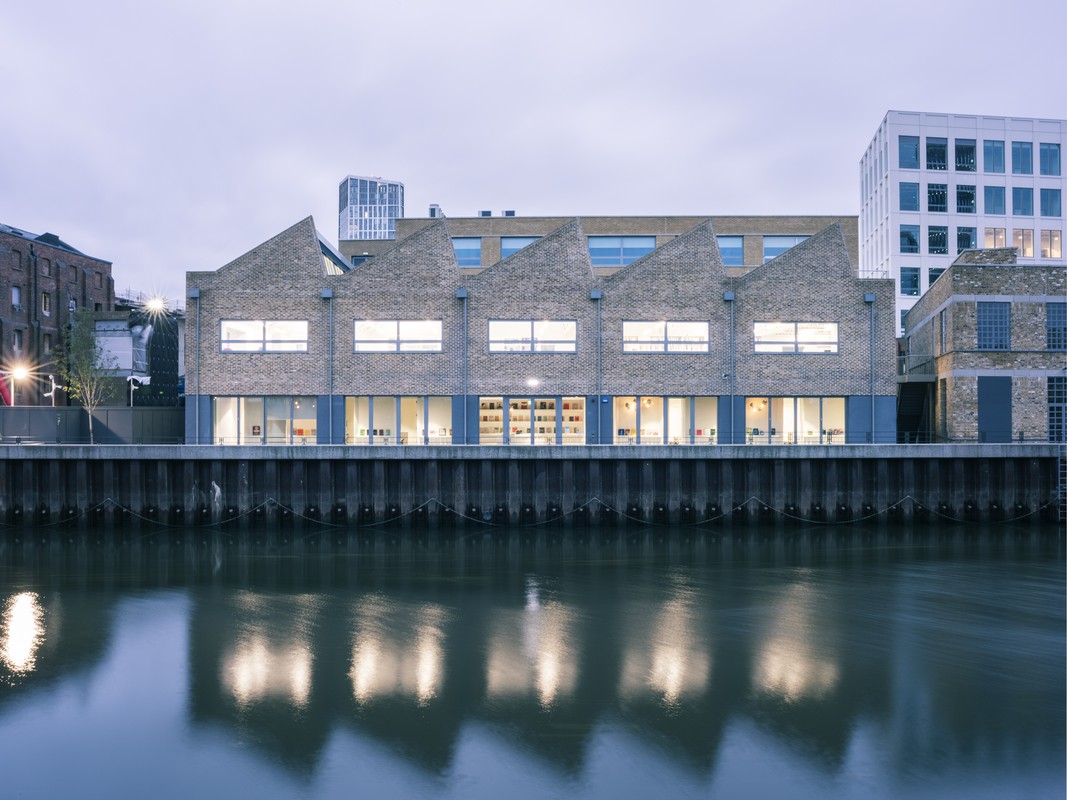
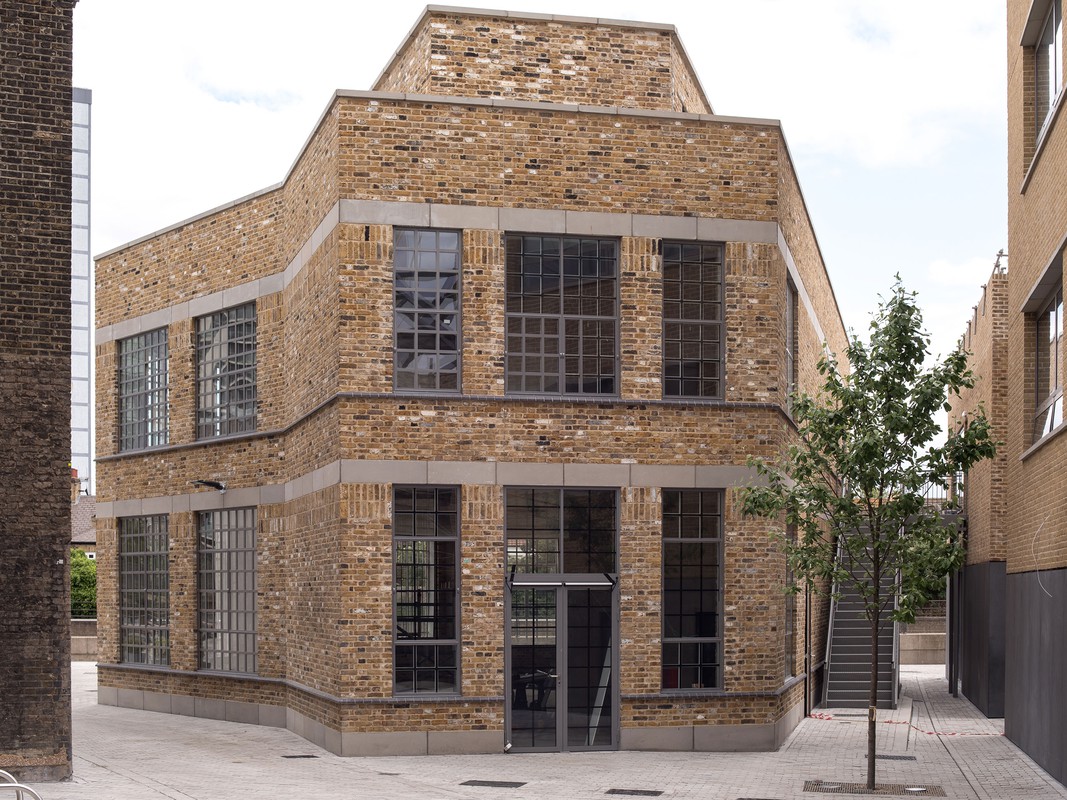
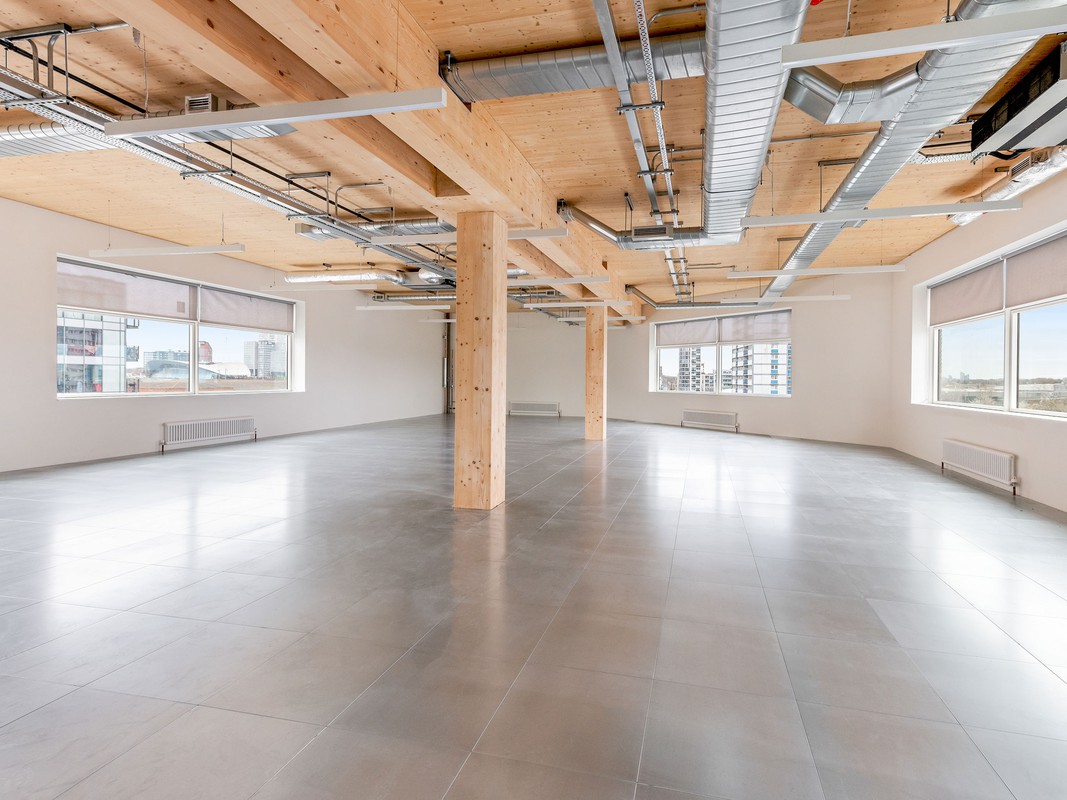

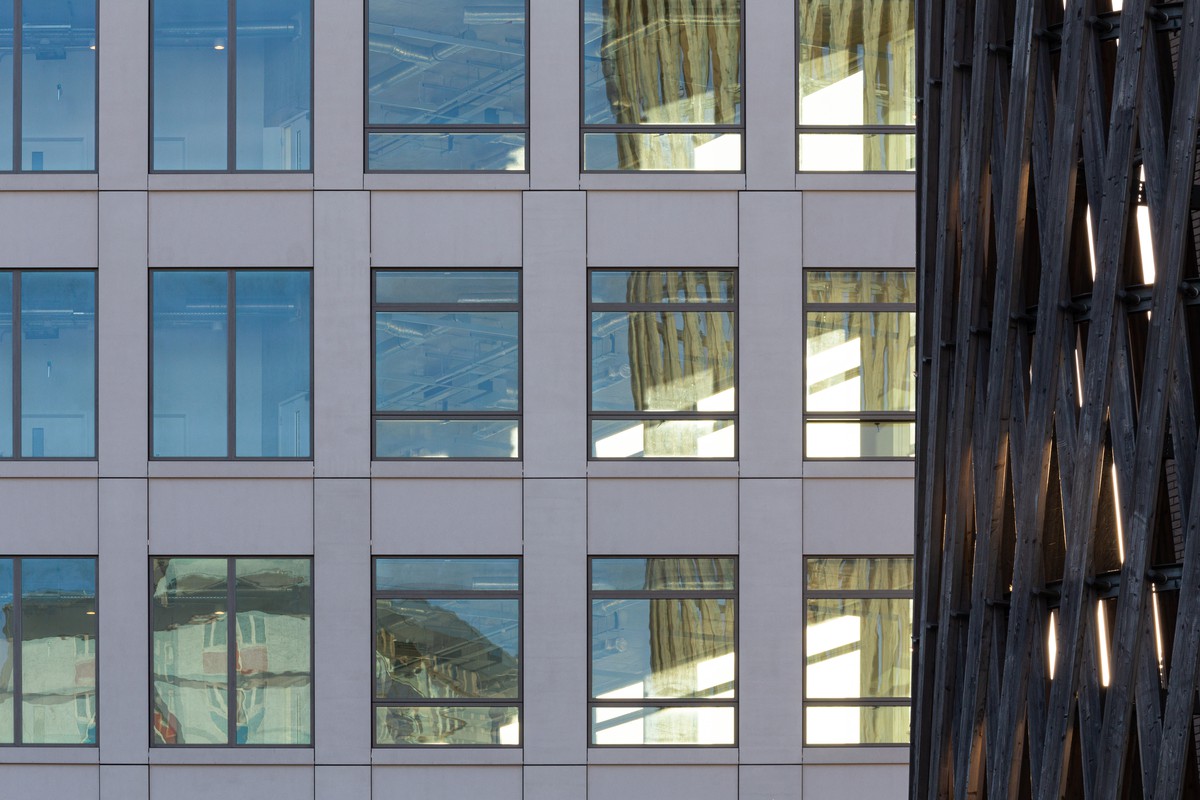
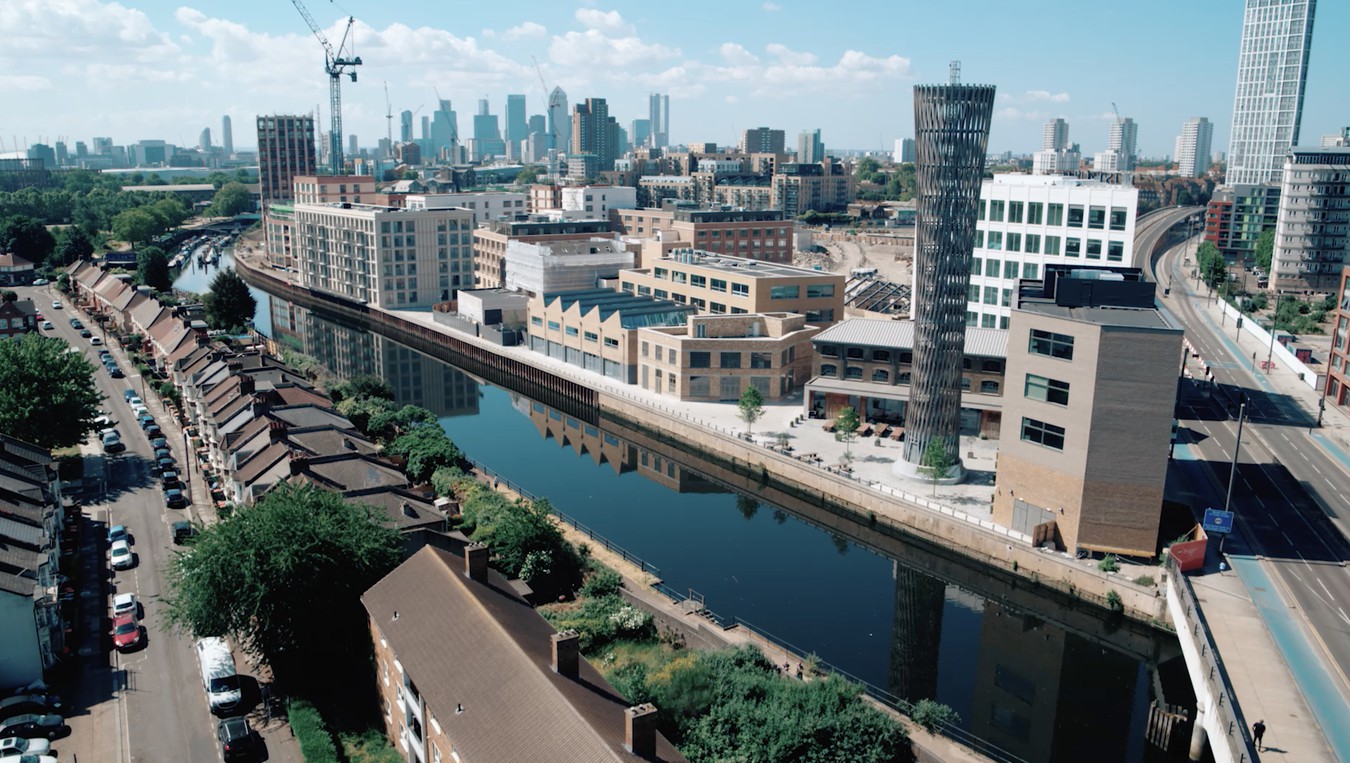
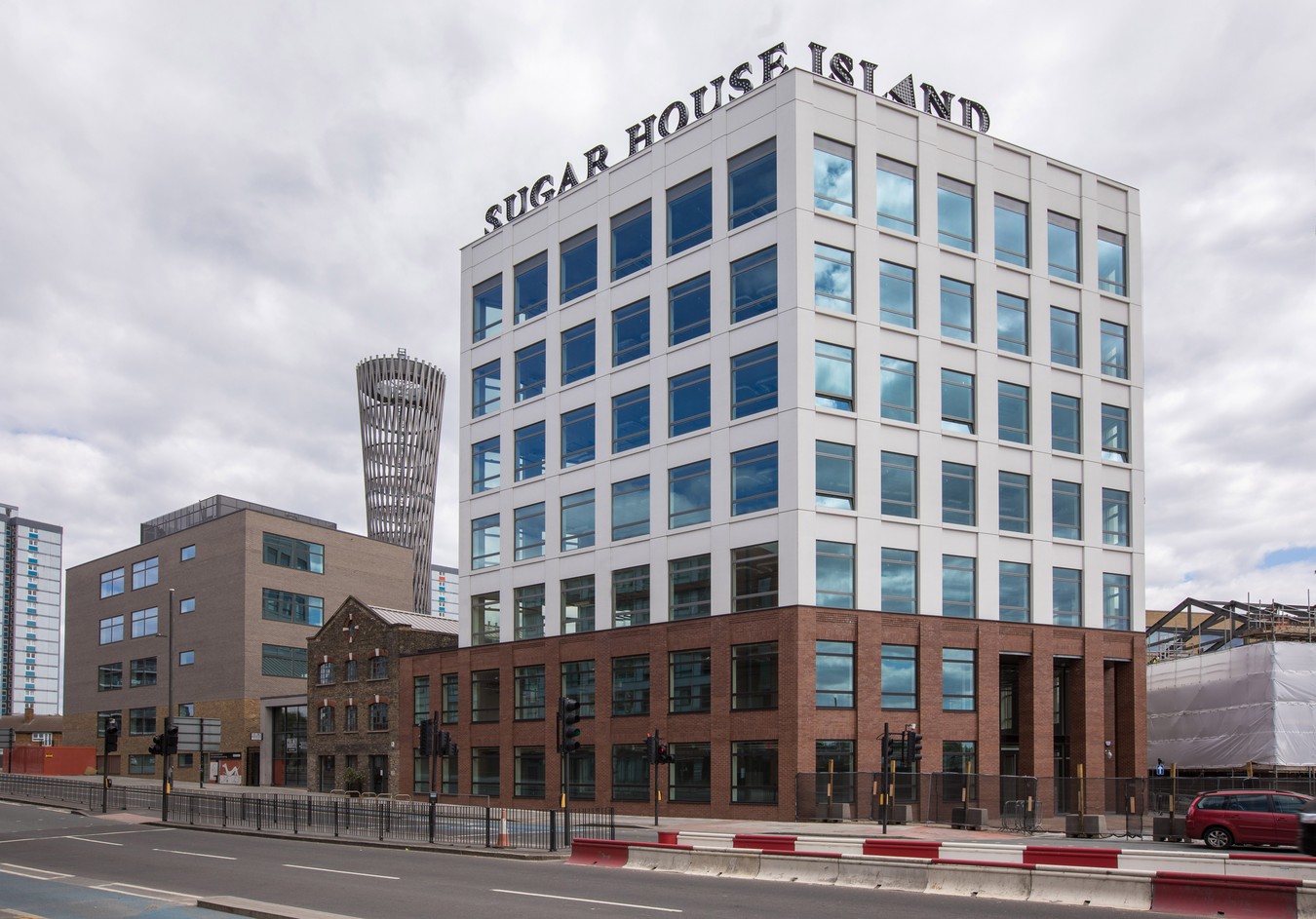
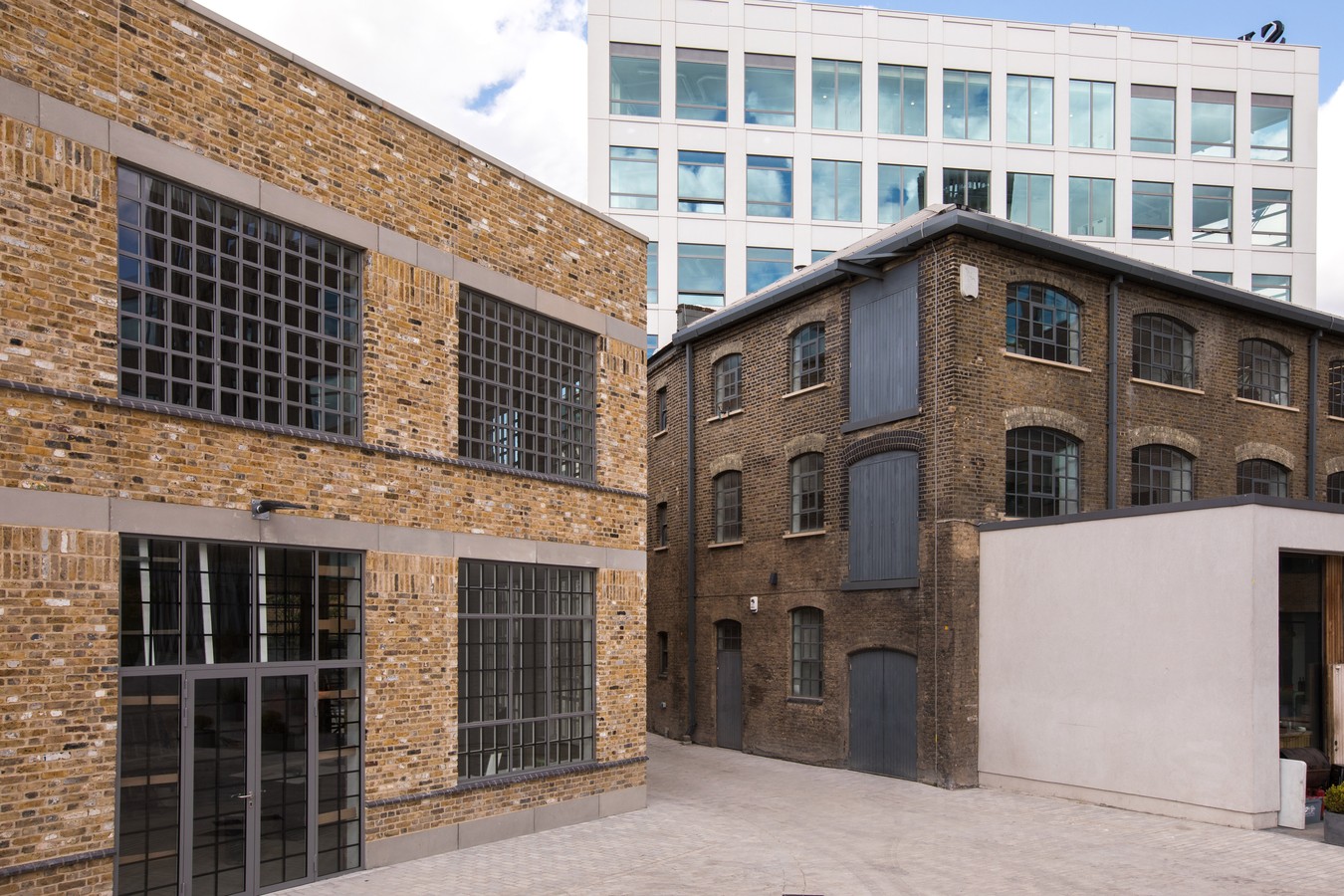
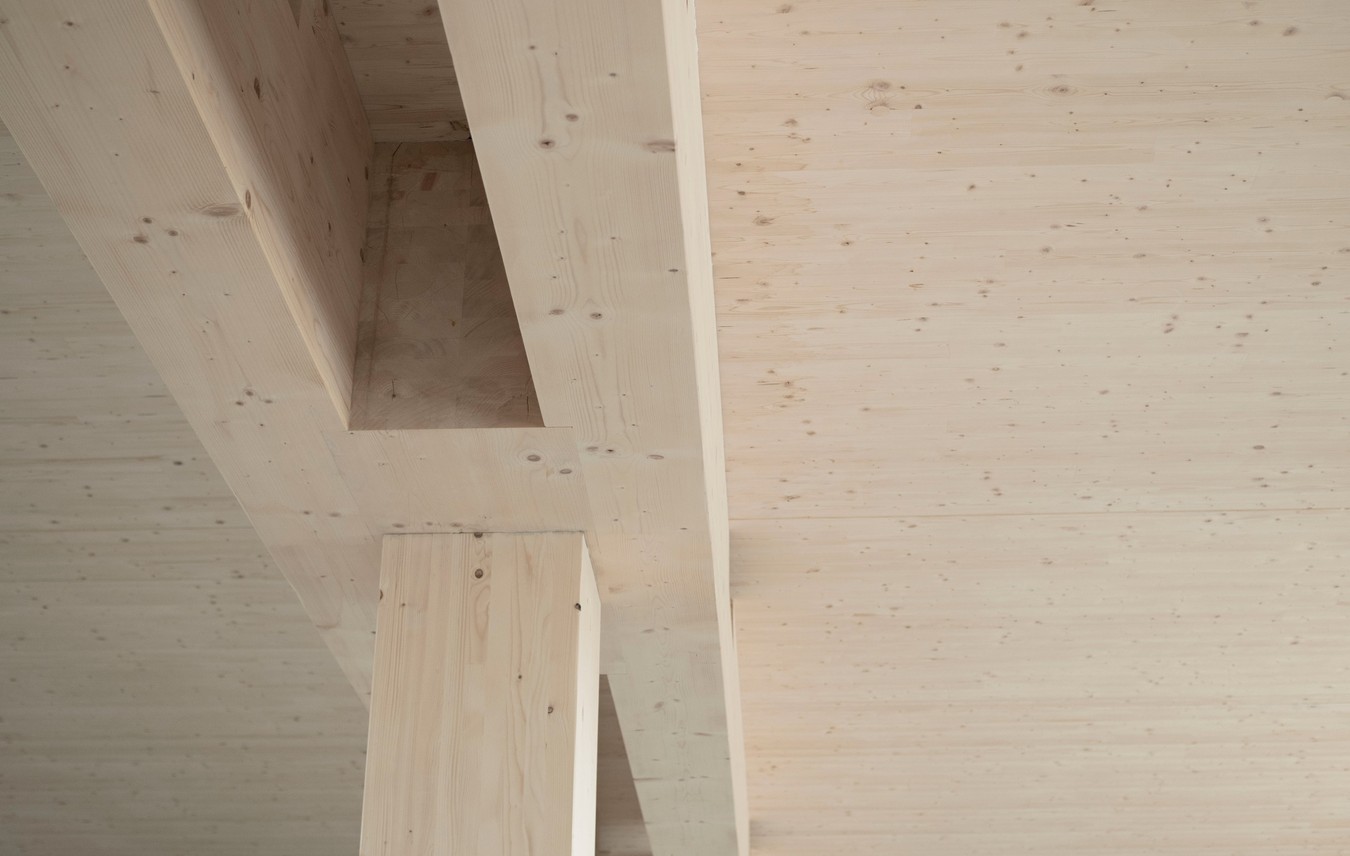
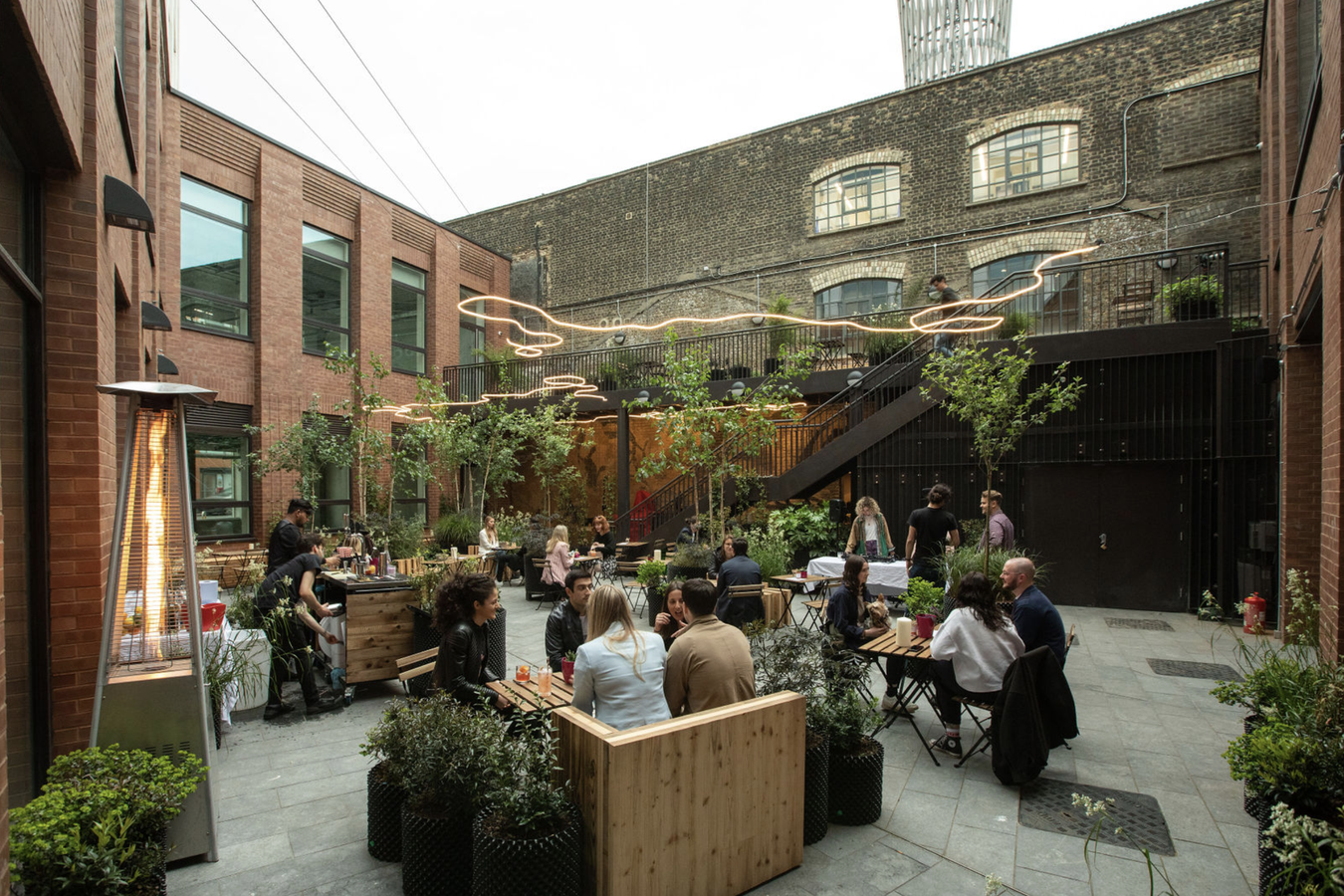
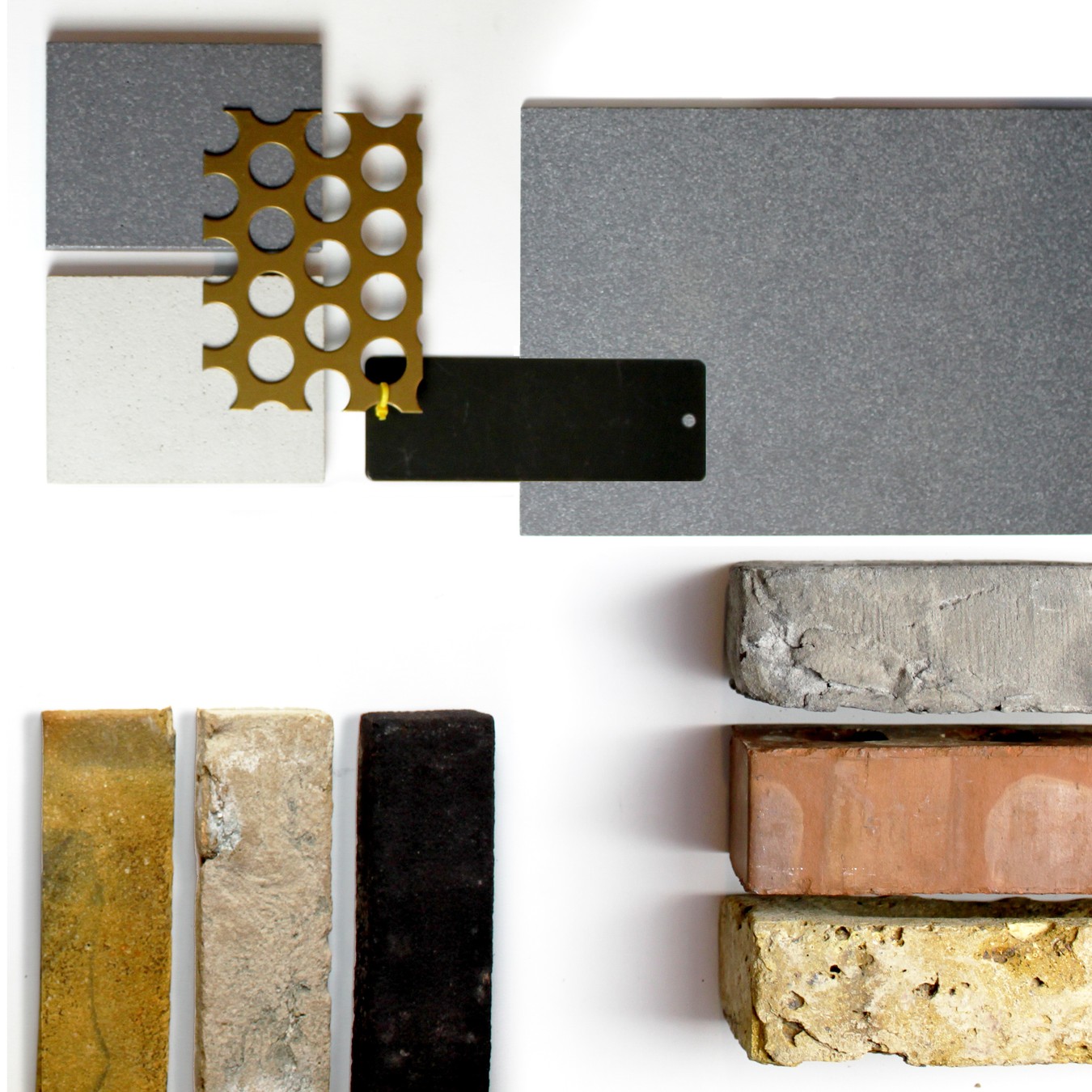
.jpg.345x230_q90_crop_upscale.jpg)
